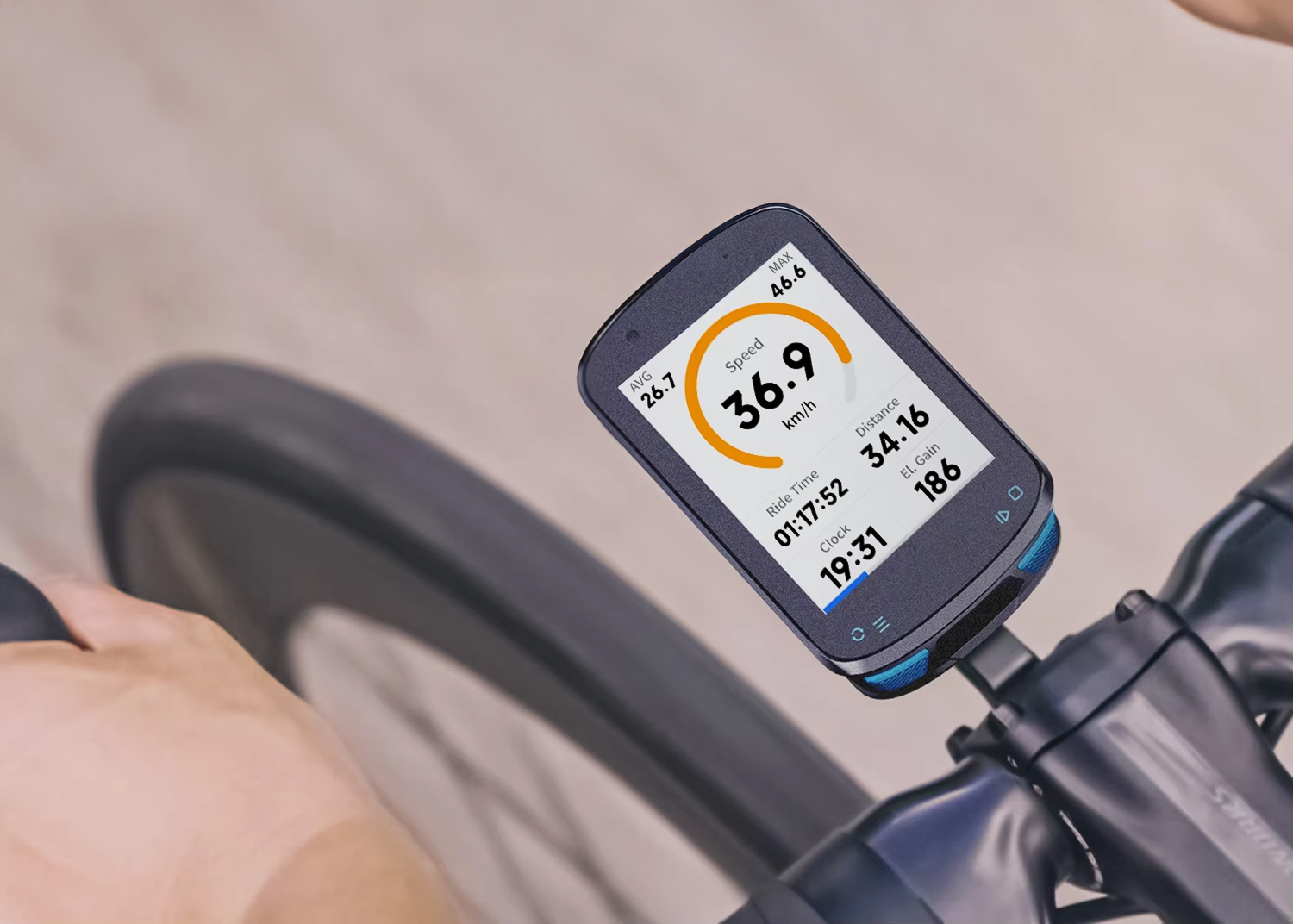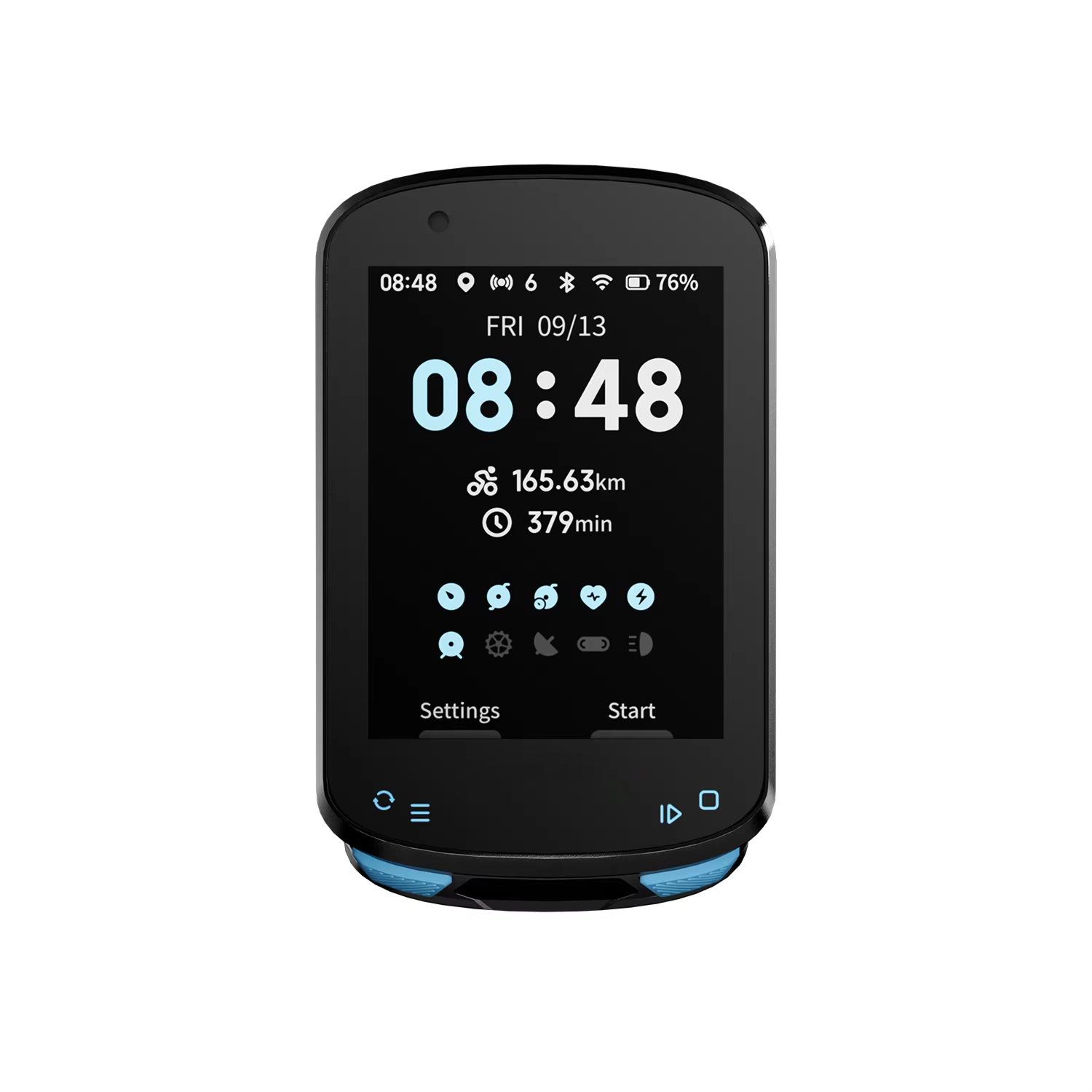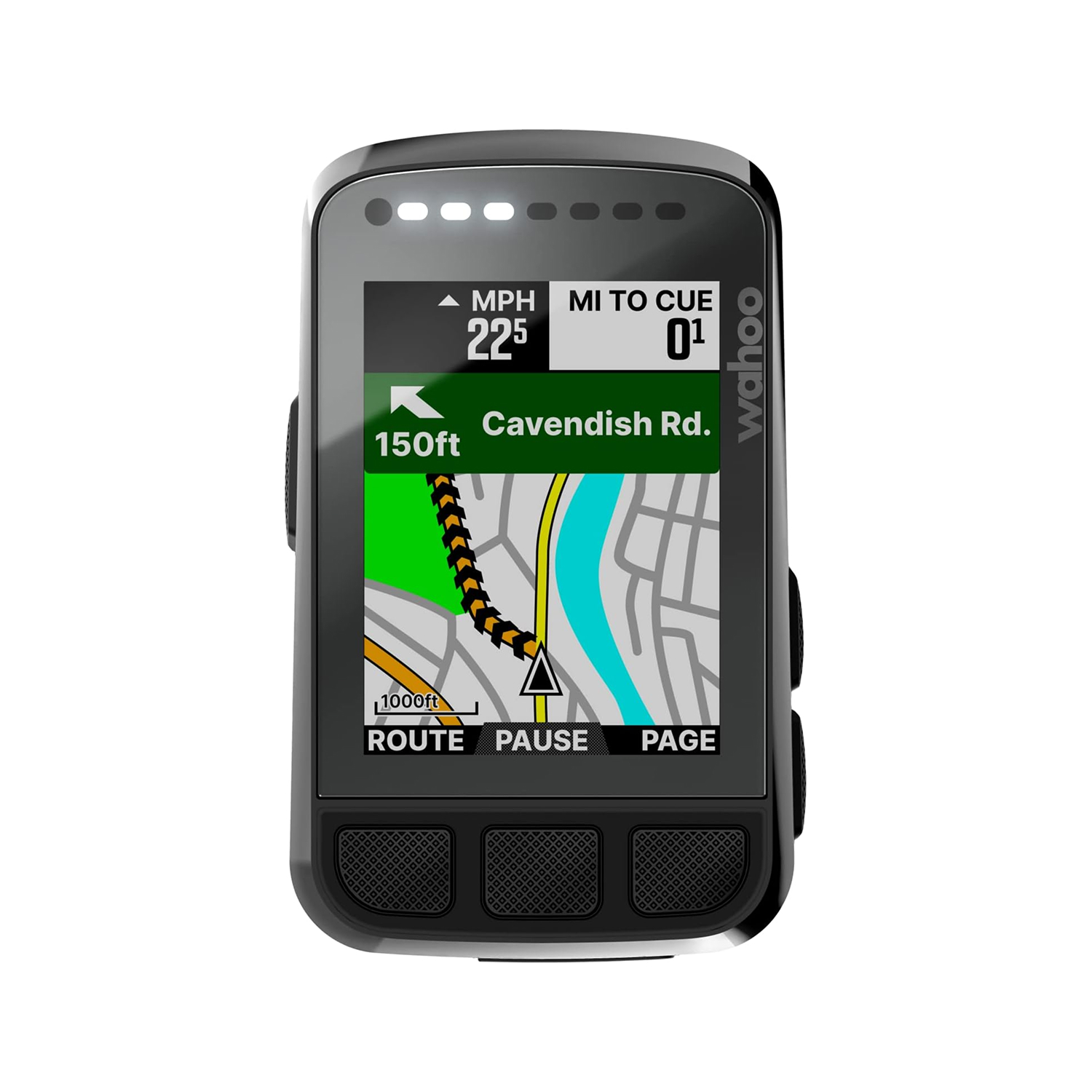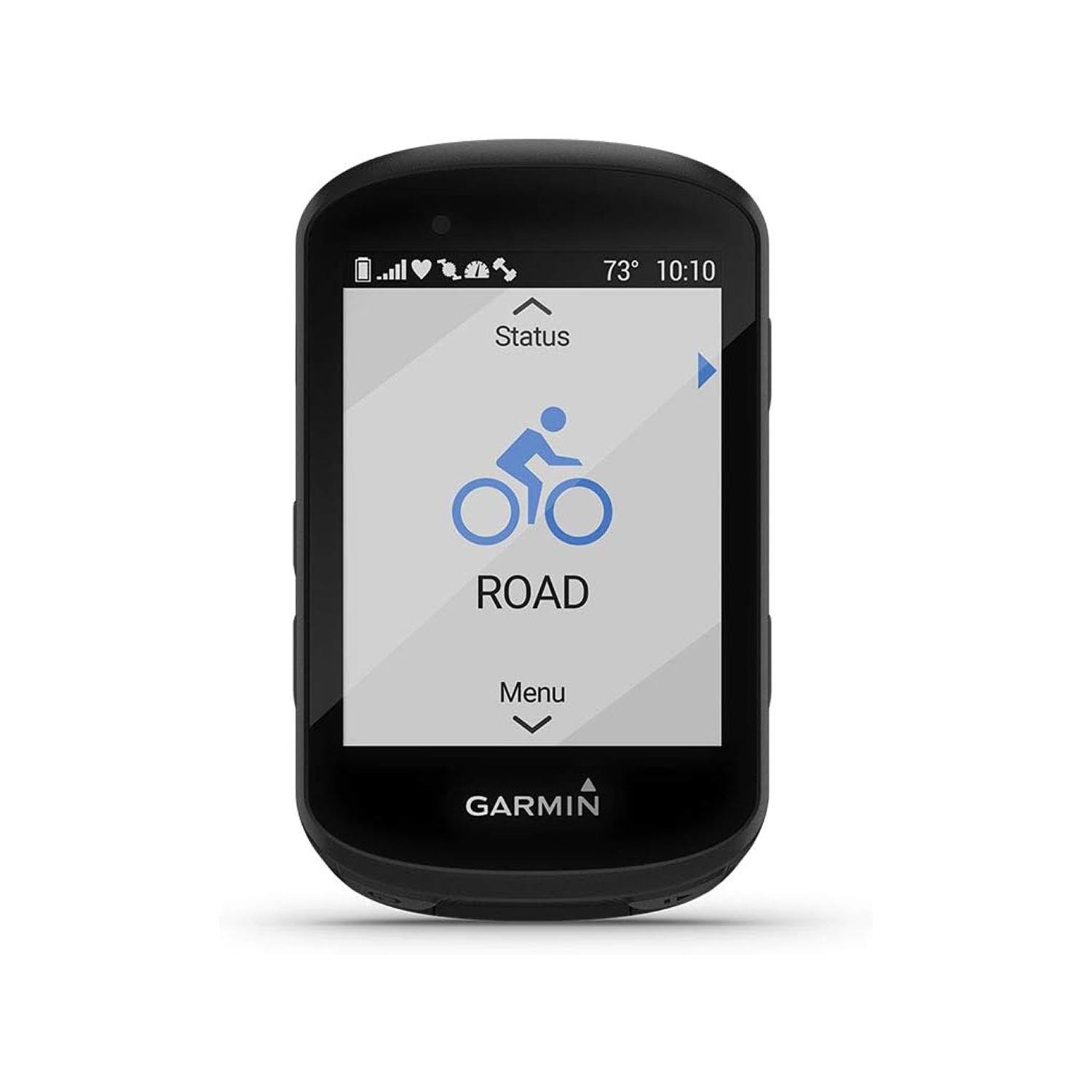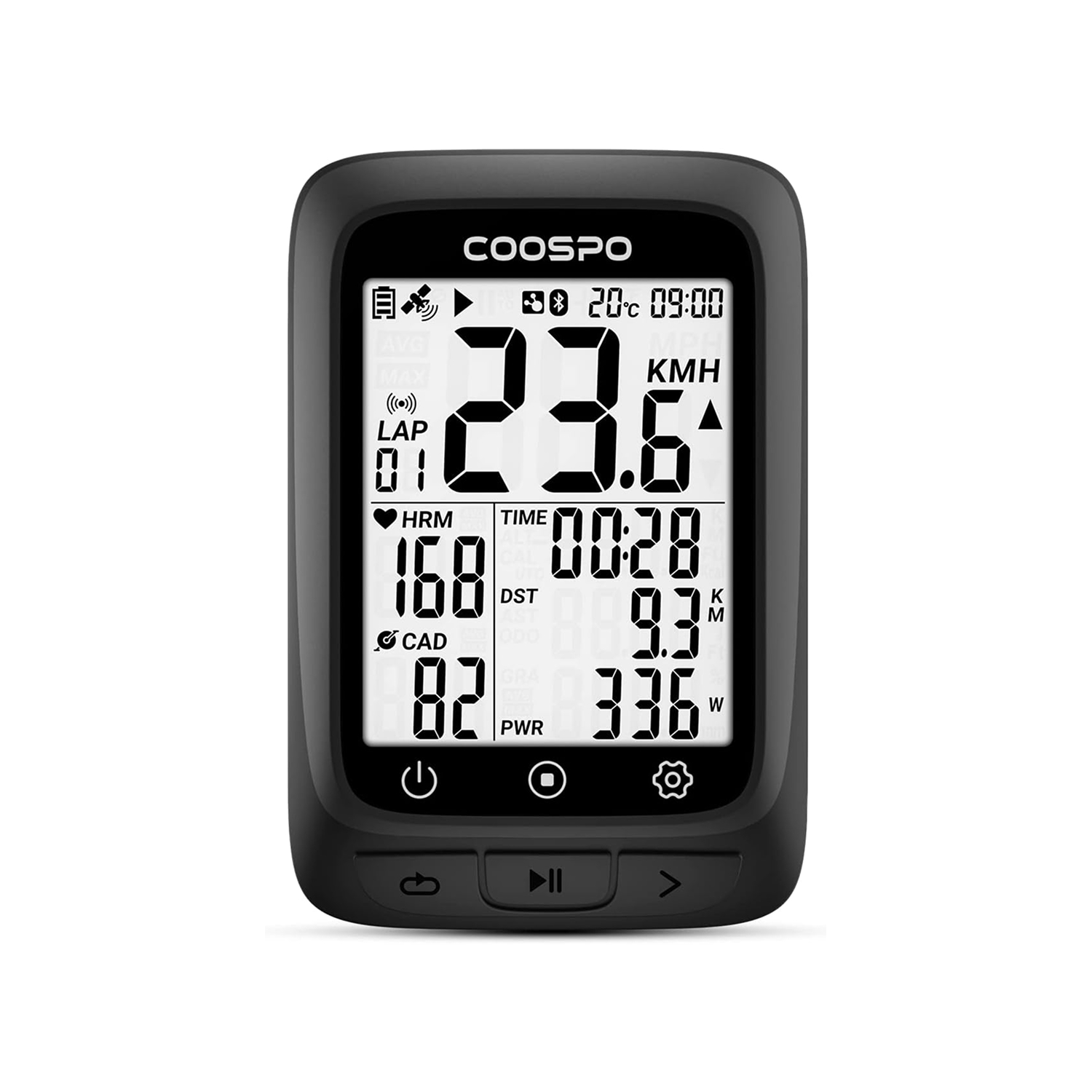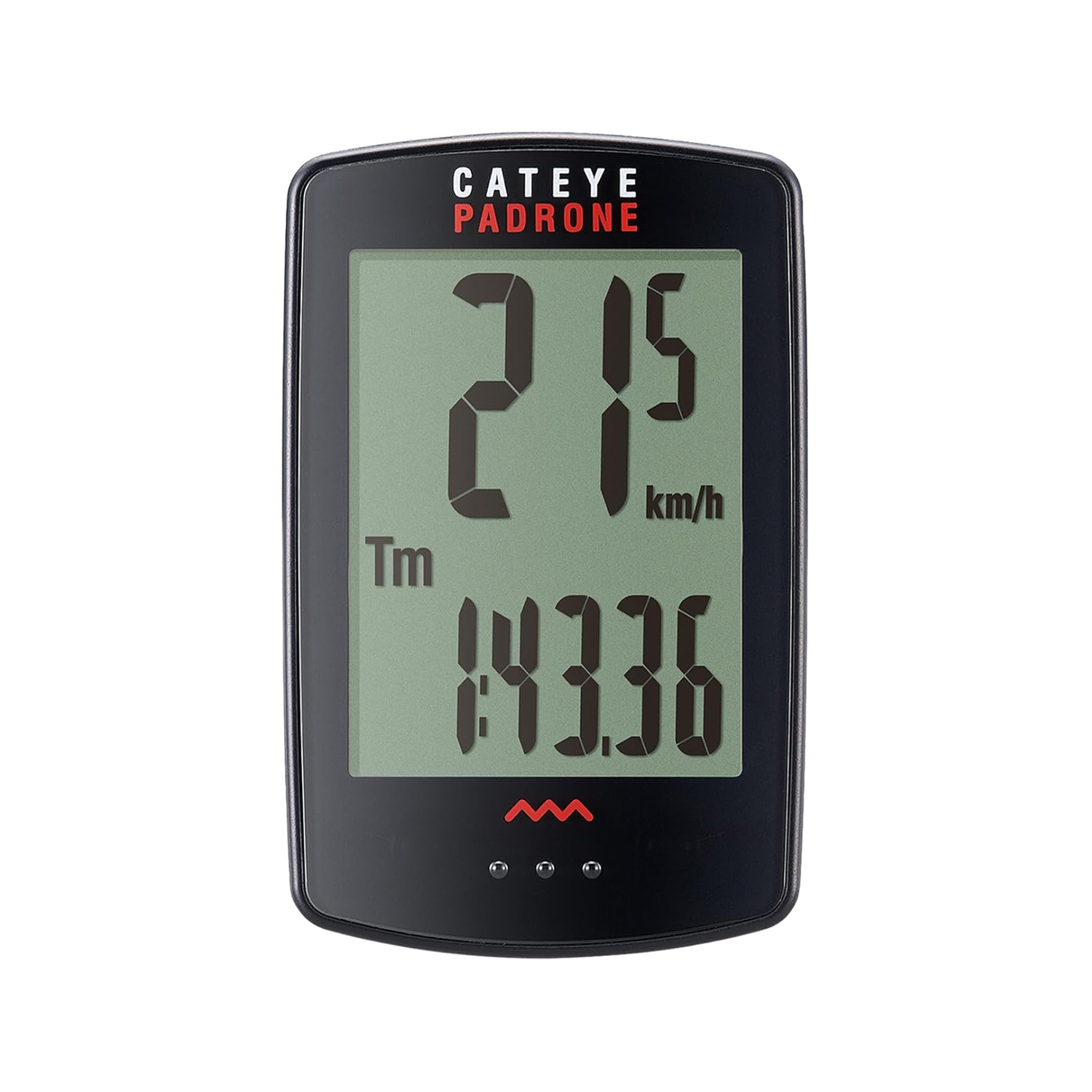The Portalsike redefines cycling tech with its 2.4" colour screen 🚴♂️, offering unparalleled clarity whether you're tracking speed or navigating complex routes. Its Asahi glass construction resists scratches from harsh conditions, making it ideal for off-road adventures. The intuitive three-button layout ensures smooth operation even with gloves on.
Where this unit shines is its 5-second satellite locking ⏱️, combining GPS with four other global systems for unrivalled positioning accuracy. The colourful turn-by-turn navigation zooms automatically at junctions, while GPX file support lets you import custom routes. When you stray off-course, the re-routing function works seamlessly through the companion app.
Data enthusiasts will love the 10 customisable pages 📊 displaying metrics via numerical charts, circular dials or bar graphs. The WiFi synchronisation beats Bluetooth speeds, instantly updating your ride stats across platforms like Strava. Indoor cyclists aren't left out - connect ANT+ smart trainers for power-based sessions unaffected by weather.
With support for 11 languages and durable construction, this is a globally adaptable 🌍 cycling computer. The 108 measurable parameters cover everything from cadence to power output, while the crisp display remains readable in direct sunlight. Firmware updates happen directly on the device, eliminating smartphone dependency.
Whether you're training competitively or exploring new trails, the CC600's 8-device connectivity 🔗 handles heart rate monitors, power meters and electronic gear shifts simultaneously. The streamlined data export to third-party apps makes performance tracking effortless post-ride.


